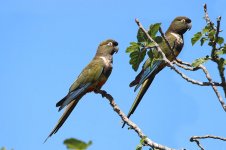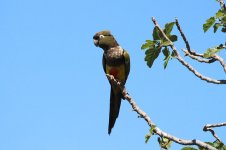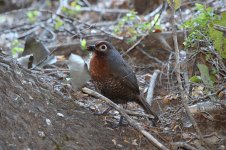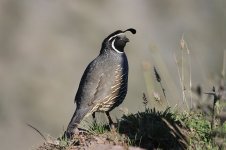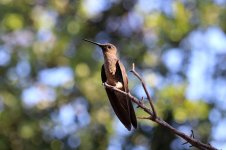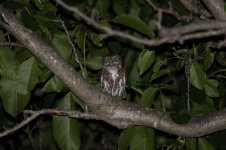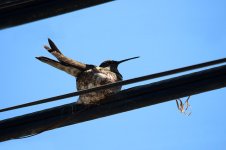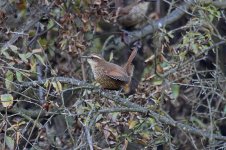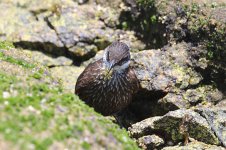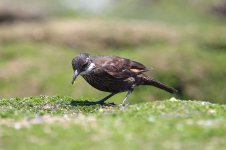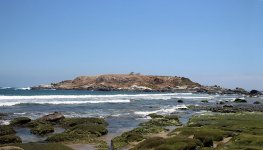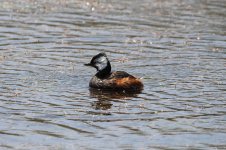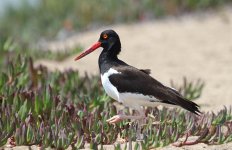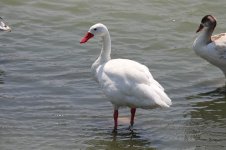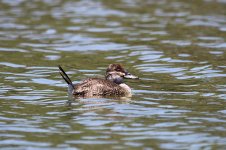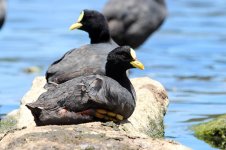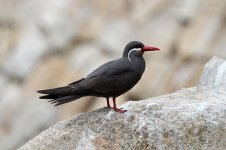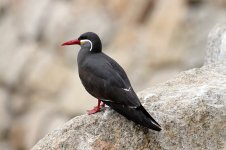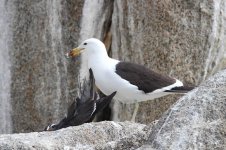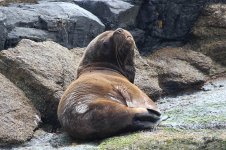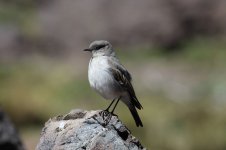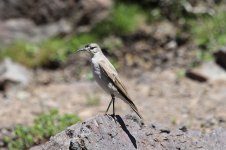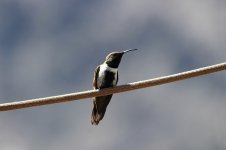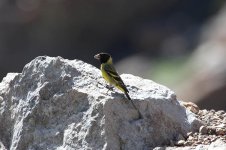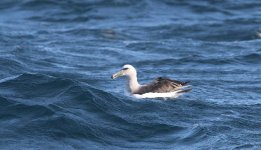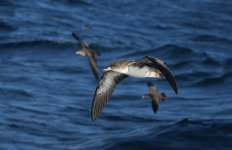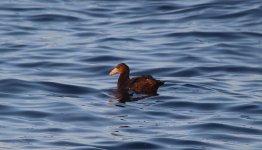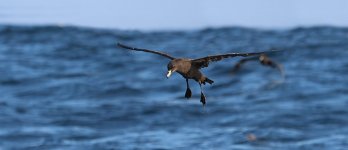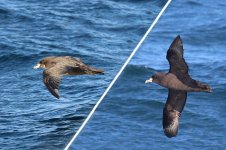14 December. La Campana, Cachagua, Quintero & Concon.
Steep slopes of La Campana from dawn, remote chances of Chilean Tinamou in the dry woodland here, plus several other Chilean endemics, most importantly Dusky-tailed Canastero, White-throated Tapaculo and Dusky Tapaculo.
Quite hard going in the thick vegetation, quite dark too with the hills shading these valley slopes. In the valley bottom, following a path near a stream (mostly dry), bird density was pretty high – Austral Thrushes and White-crested Eleania especially common, with occasional mixed flocks also containing Tufted Tit-Tyrants and Plain-backed Tit-Spinetails. Green-backed Firecrown zipped past, also bumped into a couple of Striped Woodpeckers. These valley bottoms are also supposed to be the main localities for Dusky Tapaculo, a diminutive skulker that has a preponderance for thick bamboo and similar. Chance encountering is also going to be fairly unlikely, but fortunately they also quite loud when they chose to be. And this is how I finally found one, the distinctive call echoing out from tangles near a picnic site. Sat myself in the middle and eventually this little mite of a bird popped out to investigate – dumpy little slate-grey thing barely the size of a wren, very nice it was. Actually appeared right over my head at one stage, but in the gloom of the undergrowth, photographs were always going to be a fantasy. With this difficult bird well and truly seen, I then headed up to the scrubby hillsides to try for the next birds on my hit list – Dusky-tailed Canastero proved easy enough, a total of four seen in quite a short while, but White-throated Tapaculo proved a little harder. On an open trail towards an old mine, several were singing against each other just as the sun began to hit the slope. Sat here quite a while, Moustached Turca also singing and scrambling around on the rocks. The White-throated Tapaculos refused to rise from the bottoms of the bushes. I relocated a little and sat on the track below two rival singing birds. Was doubting I would see these birds, but after various views of tails and shapes scrambling around in one bush, gradually one of the pairs edged up a scrawny shrub and eventually popped up on top ...White-throated Tapaculo, not the easiest of Chilean endemics.
Very soon, the sun was high and the heat began to build, thoughts of a Chilean Tinamou began to fade. Still had one slightly weird sight however – as I passed through the neighbouring village, a little blob on a power line caught my attention. Stopping to investigate, it turned out to be a diminutive nest delicately stuck upon the line, one Giant Hummingbird adorning the top! Quite fascinating.
With that, we departed the area and headed for the coast, thoughts of the Humboldt Current whetting my lips. Stopped briefly at a landfill chock-a-block with Black Vultures and Chimango Caracaras, then a second pause at a small rivermouth at La Laguna. This latter site was pleasant, a mix of waders dominated by White-backed Stilts and Hudsonian Whimbrels, plus my first Peruvian Pelicans of the trip, a bunch of Red-gartered Coots and assorted other waterbirds. Only a short stop however for I had plans on a beach some kilometres further.
So there we were, mid-afternoon on the white sands of Cachagua, a couple of Peruvian Boobies flying offshore, Peruvian Pelicans lumbering by. Setting up my telescope, I trained it on the rocky island just offshore and invited my younger travelling companion to peer through. A sharp intake of breathe, then an exclamation 'PENGUINS!' And indeed there were, we were looking at Isla Cachagua, an island of birds. Waddling around and in clusters here and there, a few hundred Humboldt Penguins occupying mostly lower areas of the island, Kelp Gulls and Peruvian Pelicans lining the top.
From my perspective, equally good were the birds feeding on the rocks just to edge of the beach – not only both American and Blackish Oystercatchers, but a pair of Chilean Seaside Cinclodes. This, another of Chile's endemics, occurs exclusively on these rocky coast of central Chile, almost always feeding amongst areas of seaweed and around inter-tidal pools. This pair clearly had chicks in a nest in the adjacent seawall, flying down to forage on rocks exposed by the sea, then back up to the seawall with great mouthfuls of food. Nice birds.
It was then time to head a little further south to Quintero for a short seawatch – not the best time of day in terms of the sun, but not bad regardless. Red-legged, Guanay and Neotropic Cormorants to a backdrop of Peruvian Boobies and Peruvian Pelicans trickling by, along with a Southern Giant Petrel and assorted gulls. Blackish Oystercatchers and Chilean Seaside Cinclodes here too, plus West Peruvian Dove in the nearby town, a recent colonist from further north.
To end the day, we journeyed to the resort city of Concon and checked into a hotel with a massive balcony overlooking the sea ...and I have to say it was probably the birdiest balcony I have ever experienced! To a setting sun, beyond the folk on the beach, the sea was heaving with birds, literally thousands of Peruvian Boobies plunge-diving in great flocks and many hundreds of Peruvian Pelicans joining in the action. Far offshore, Sooty Shearwaters were massing, closer to the beach a mix of Kelp and Franklin's Gulls, one Grey Gull too. As dusk approached, at least 80 Black Skimmers appeared, perhaps on their way to roost somewhere, four Black-crowned Night Heron too. All from the comfort of an armchair, coffee and nibbles to the side ...not a bad way to conclude the evening.





